Certainly The shot to do to do game of top players, petite became unavoidable at professional. At the lovers it is also used but attention Asked errors…we tell you everything.
La petite is a shot made from the back of the court, played at slow speed, which forces opponents in attacking position to make a low volley. It can also be realized in a confrontation with 4 at the net. Thanks to this move, players at the bottom of the lane can put pressure on their opponents by coming forward.
On paper or in front of the television, it seems quite simple, but in reality, it is much more complicated because an ill-fitting chiquita can pay cash.
When to play my chiquita?
On this point do not immediately copy the pros who have an exceptional technique and are able to launch the offensive from a large number of positions on the track.
The advice would be to first try the chiquita from your comfort zone, your house, because it is here that you have the most control and above all, in the event that your chiquita is badly affected, you will be able to defend better.
With time, experience and better technique, you will gradually be able to attempt this shot from other areas.
In a direct way
It is possible to try the chiquita directly or out of the window. In a direct way it must be understood that, for most players, the forehand is not the easiest shot for the chiquita. For what ? Because it needs to be cut to be effective. Playing it flat is complicated because there are few curves, and the lifter is interesting for finding the angles, the grids, but not totally for this pressure that we are trying to put.
On the reverse, on the other hand, it is more natural. We, again, generally find it easier to cut the ball coming straight from the backhand than from the forehand, so we can use that to try the chiquita and go forward.
In summary, for players who want to get into the chiquita; in a direct way it is easier to play it in backhand than in forehand.
Out of the window
Coming out of the window it's different because if the ball approaches the side windows, we will have the track behind us, which will make it more difficult for us to follow correctly forwards. On the other hand, everything that comes in the middle allows us, following the rebound of course, to leave with enough control and support towards the net. We can even have time to inform our partner of the chiquita that we are going to make so that he can accompany us.
Where to play?
Good question. It's up to you to see what you want, but tell yourself that the more you open the track – that is to say in the direction of the gates – the more control you will need to avoid being punished. So to start, the advice would be to look for an area from the right player's body to the left player's body. Which isn't so bad, right?
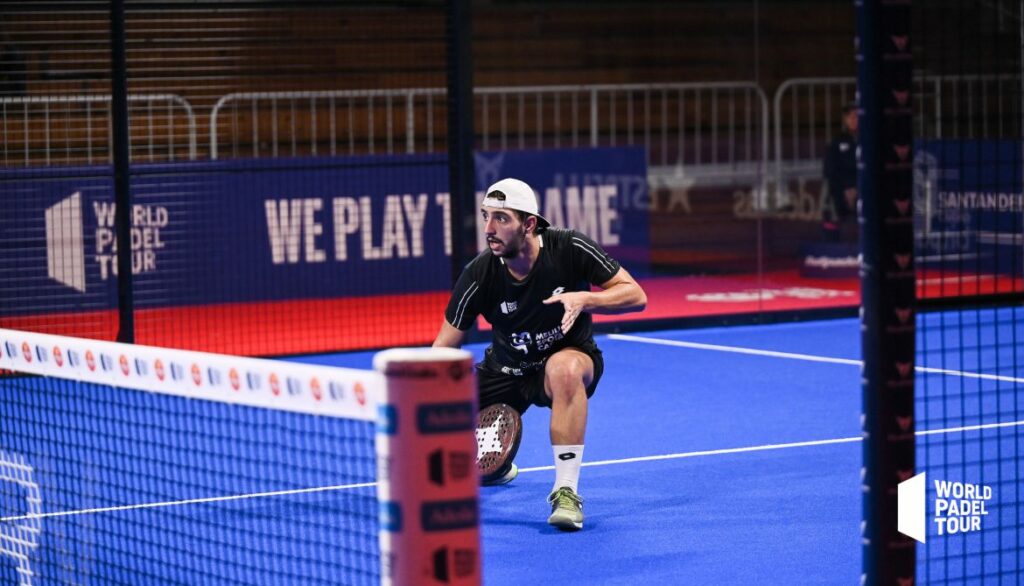
Where should I be next?
This is both the question everyone asks and the big mistake most players make.
A chiquita is a pressurization, it is not a come to the net. So depending on the quality of your ball, you can come more or less close to the net, but to know exactly where to go, it takes hours of practice. Finally, the quality of the opponents' volley will make you either go back to defense or come closer.
Really take your time, when you're new to the chiquita, to understand what damage it does or doesn't do to opponents. Simply by crossing the line you are already putting the pressure on. Why go headlong into the net? Go with patience, precision, control, and over time you can achieve devastating chiquitas, followed not only by you, but also by your partner. Let's go!
Julien Bondia is a teacher of padel in Tenerife (Spain). Columnist and advisor, he helps you play better through his tutorials and tactical/technical articles padel.




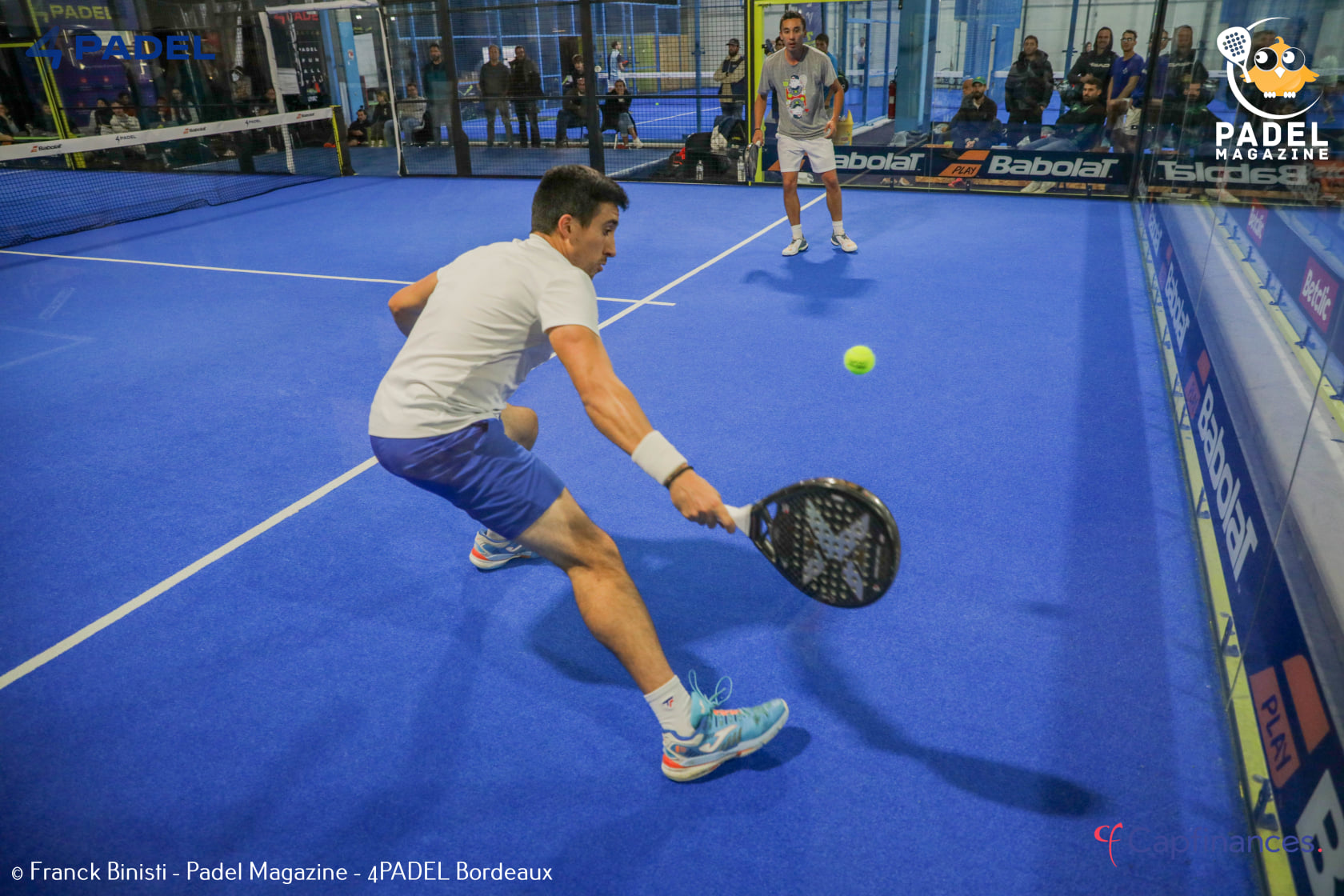
































































































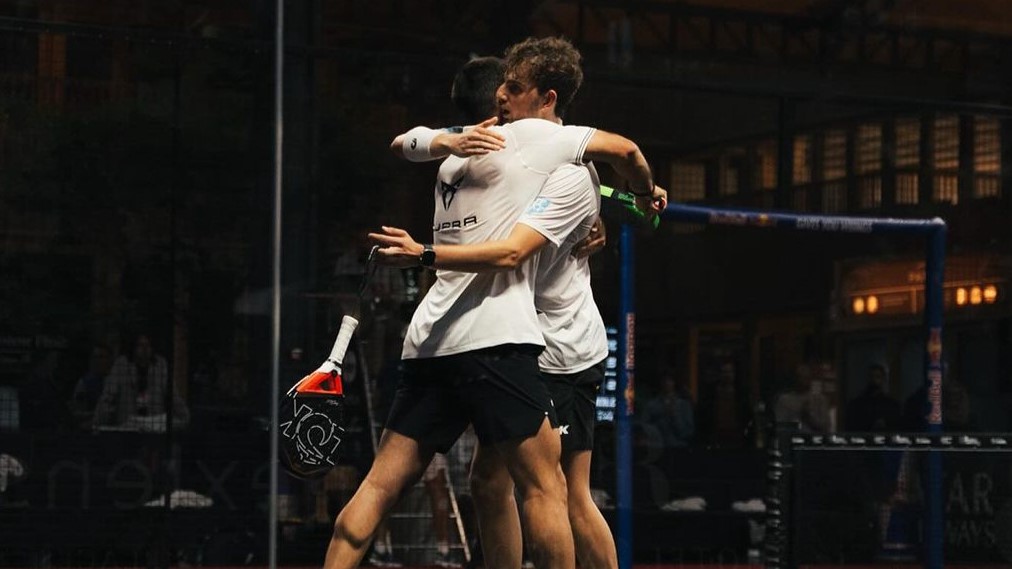 Premier Padel Brussels P2 – Mike Yanguas and Javi Garrido once again take the advantage over Stupa / Di Nenno
Premier Padel Brussels P2 – Mike Yanguas and Javi Garrido once again take the advantage over Stupa / Di Nenno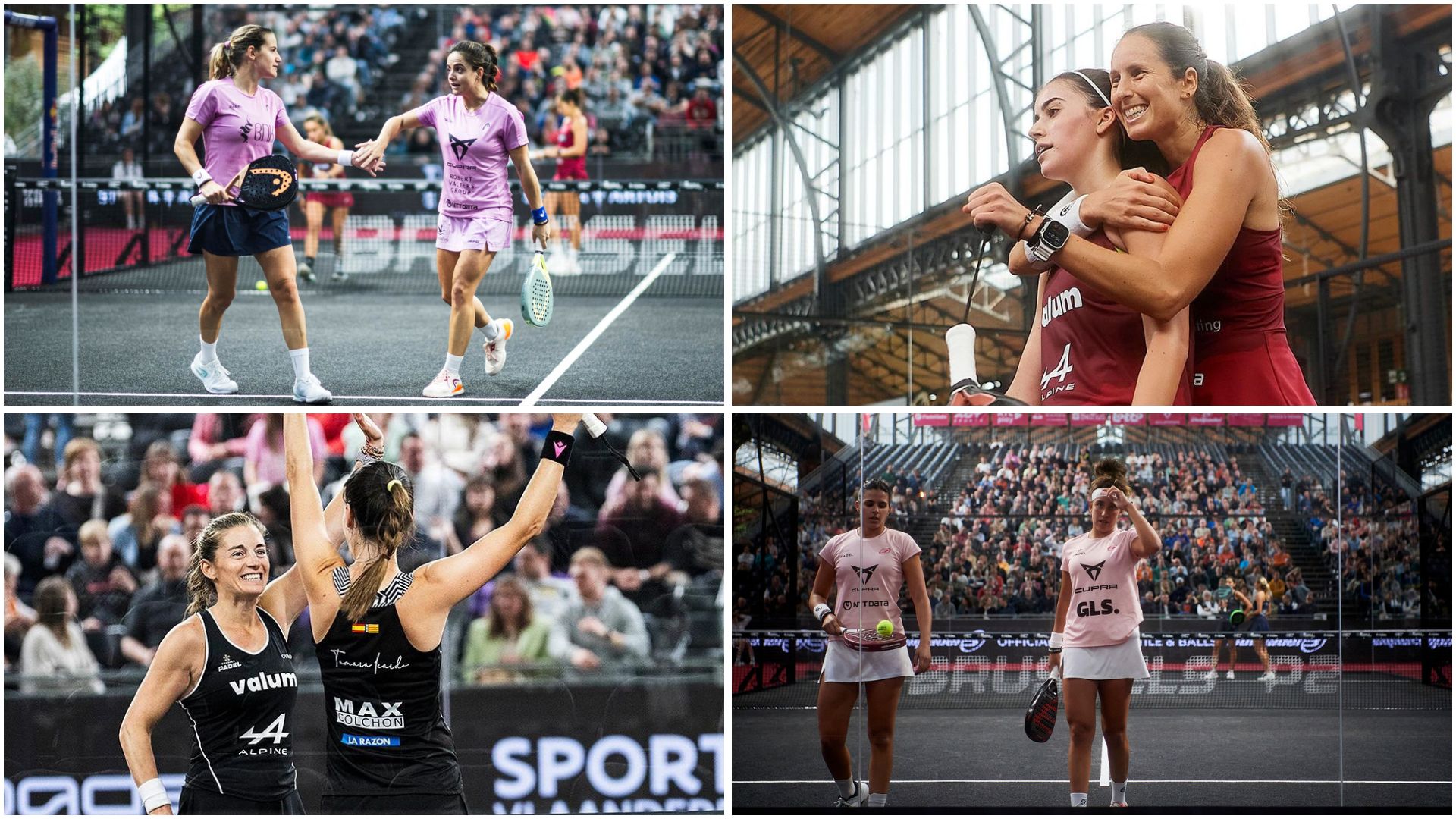 Premier Padel Brussels P2 – The women’s Big 4 at the semi-finals!
Premier Padel Brussels P2 – The women’s Big 4 at the semi-finals!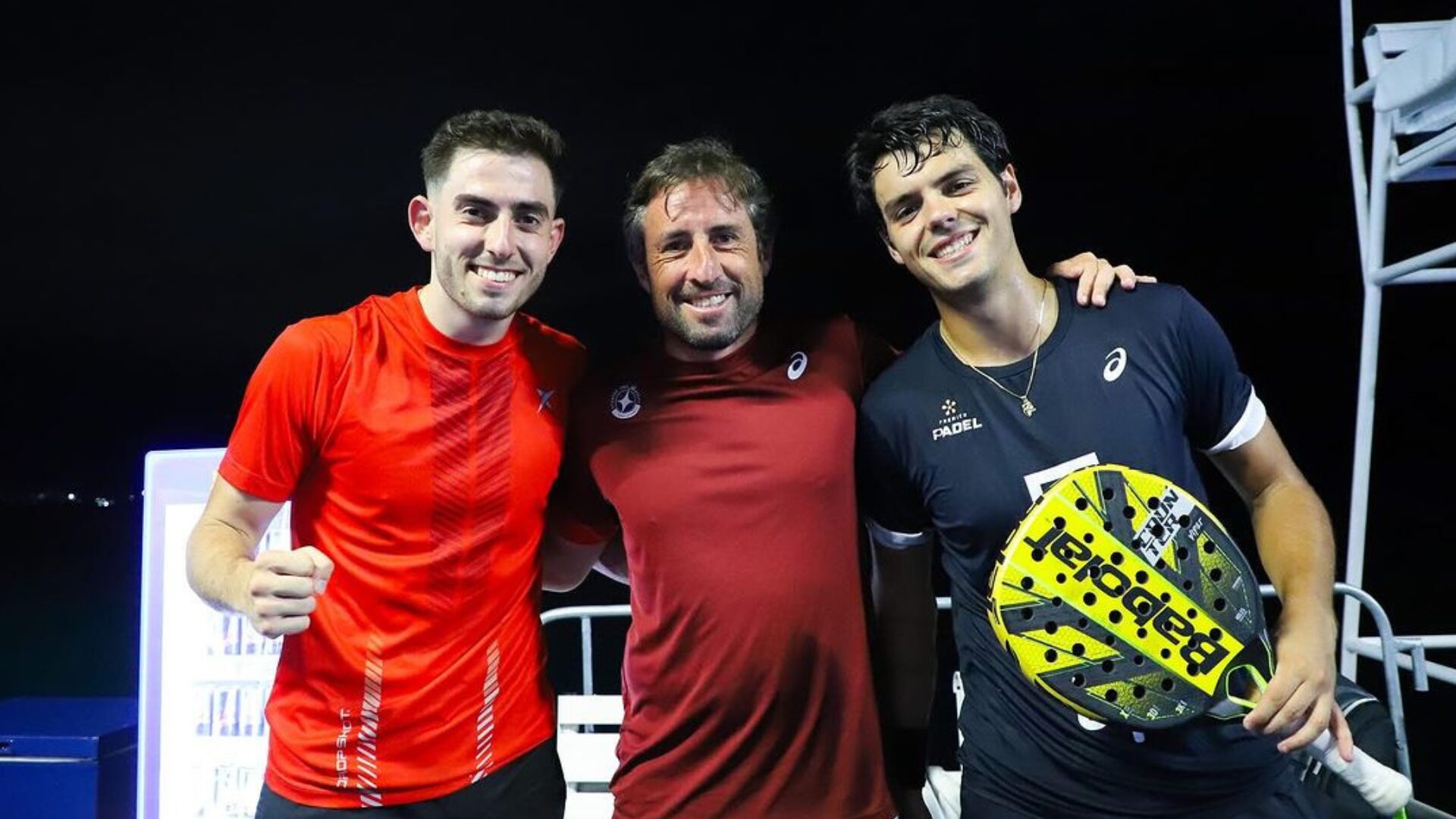 Premier Padel Brussels P2 – Sanz and Nieto win a big fight against Lebron / Navarro!
Premier Padel Brussels P2 – Sanz and Nieto win a big fight against Lebron / Navarro! Guillaume Codron de Sud Padel : “A family project”
Guillaume Codron de Sud Padel : “A family project” Nallé Grinda: “Democratize the padel in the USA with PadelX "
Nallé Grinda: “Democratize the padel in the USA with PadelX " Simon Boissé: “We know that there are two nations in front of us”
Simon Boissé: “We know that there are two nations in front of us” Marie Maligo: “This period of frequent changes of partners was beneficial for me”
Marie Maligo: “This period of frequent changes of partners was beneficial for me” Gilles Moretton: “We will be able to put the padel at the level of tennis”
Gilles Moretton: “We will be able to put the padel at the level of tennis” Two P1000 doubled prize money approaching!
Two P1000 doubled prize money approaching! José Manuel Escin at the inauguration of Casa Padel DOS: “Finally, and thank you!”
José Manuel Escin at the inauguration of Casa Padel DOS: “Finally, and thank you!”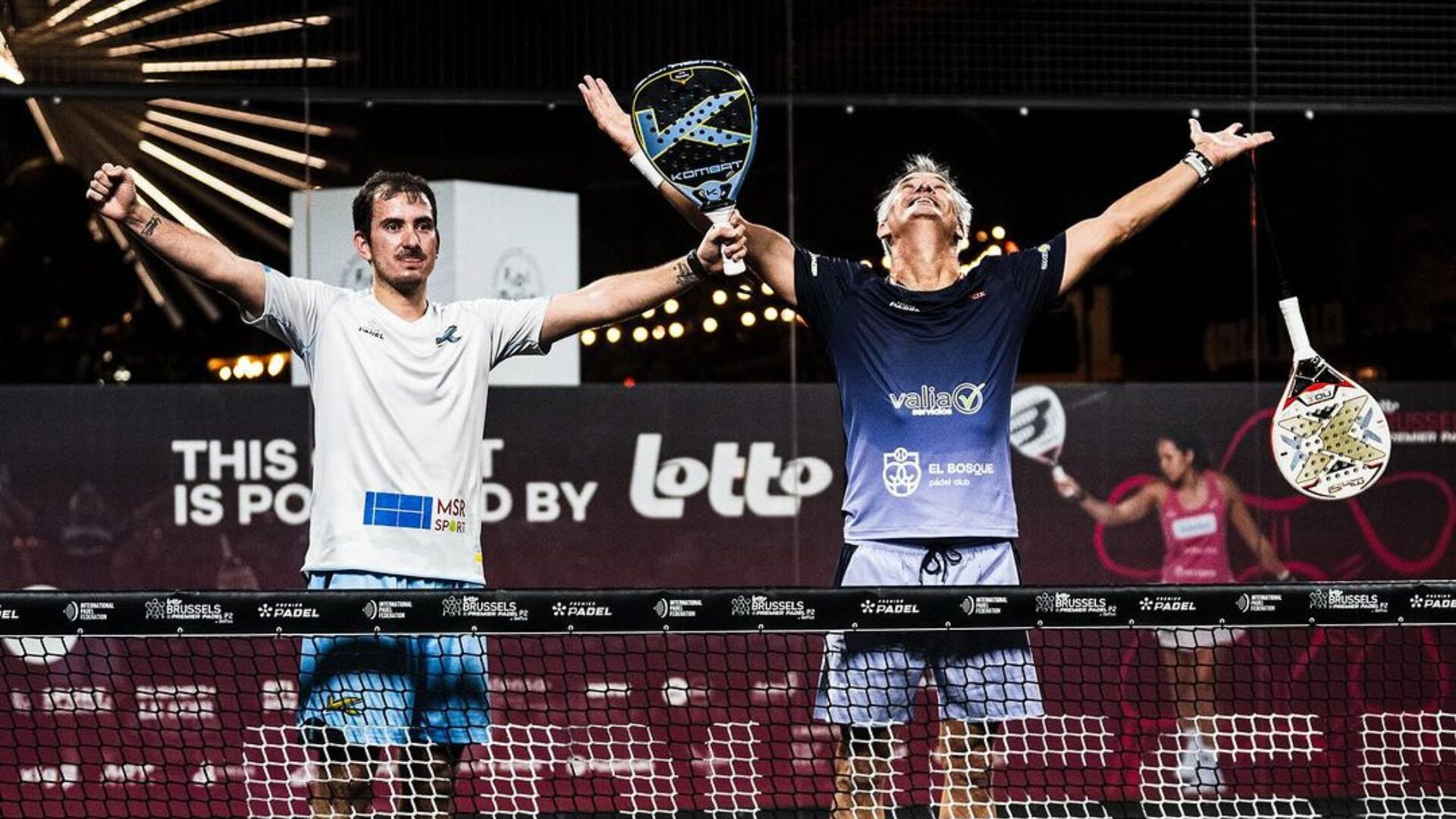 Miguel Lamperti: three tie-breaks and a return to the quarter-finals!
Miguel Lamperti: three tie-breaks and a return to the quarter-finals!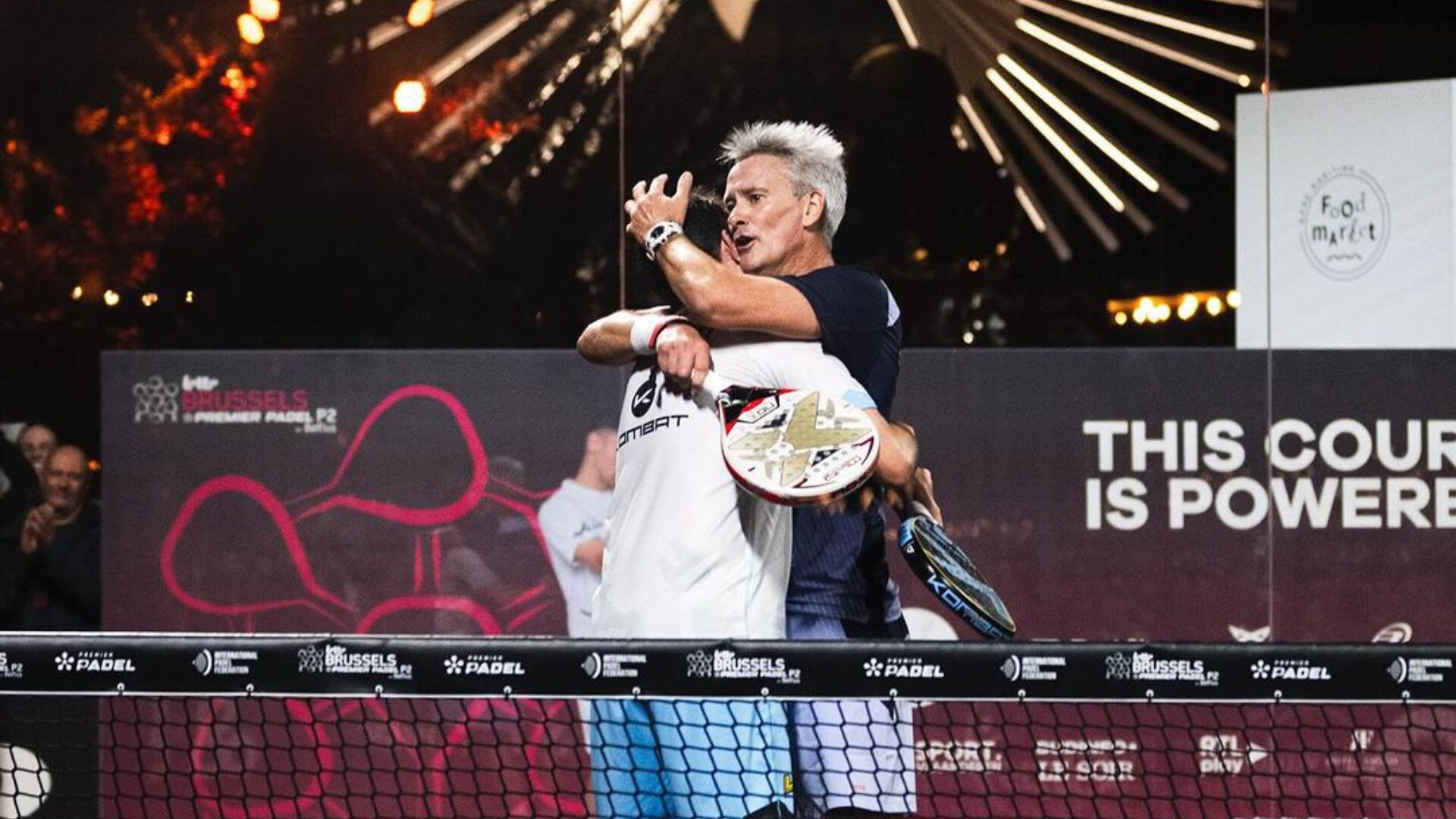 Big evening in Brussels with two seeded players on the mat, heckled number 1s…
Big evening in Brussels with two seeded players on the mat, heckled number 1s…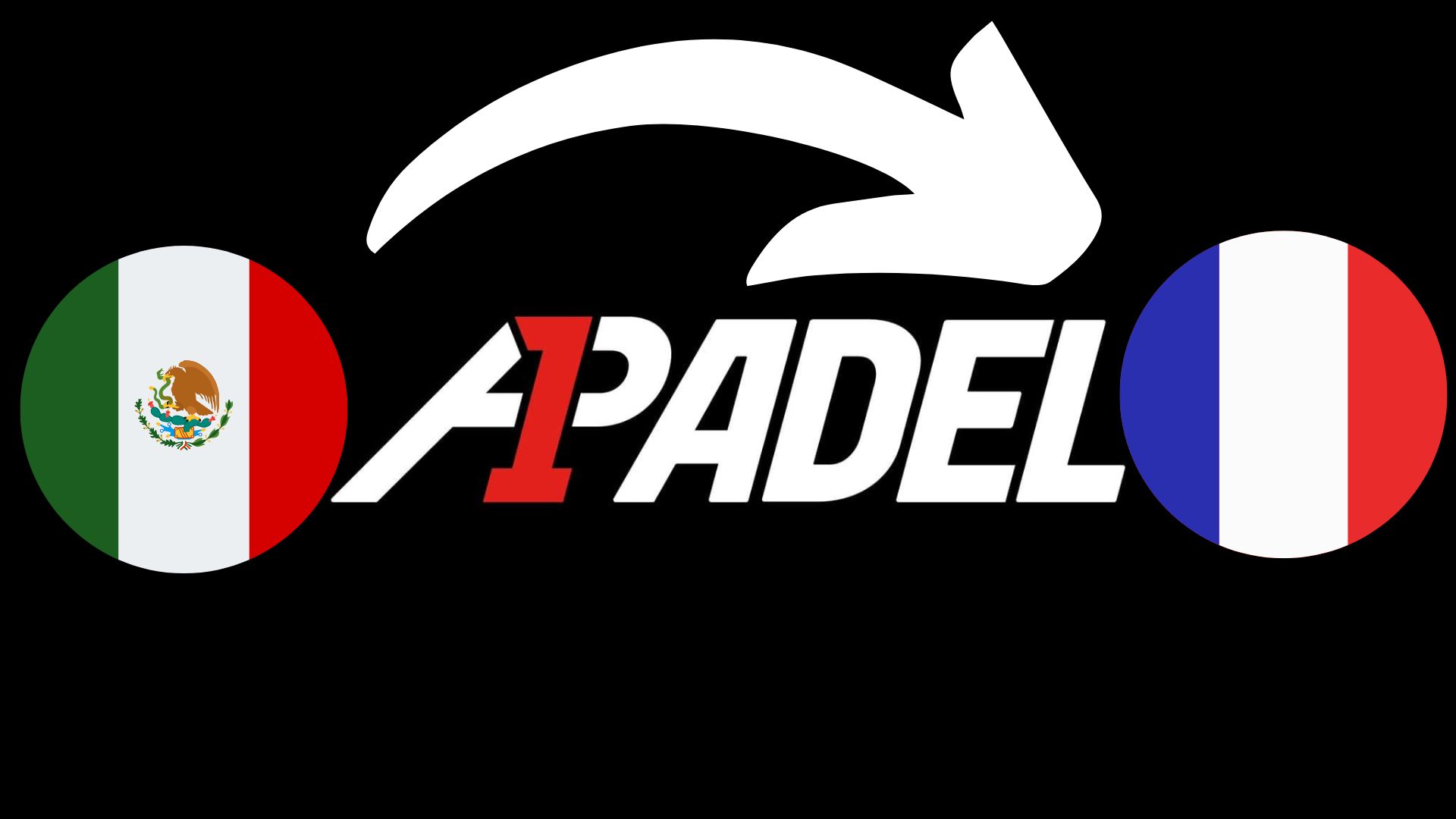 A1 Padel – the French Open replaces the Mexican Open on the calendar
A1 Padel – the French Open replaces the Mexican Open on the calendar Padel Score comes to Tahiti for American Express Padel Cup!
Padel Score comes to Tahiti for American Express Padel Cup! Do you know the Rafa Nadal Academy Tour?
Do you know the Rafa Nadal Academy Tour? Play at padel on his yacht? Possible for €233.000!
Play at padel on his yacht? Possible for €233.000! Our Top 10 training courses padel in France and Europe
Our Top 10 training courses padel in France and Europe At the heart of padel – Episode 25: Paul and Andoni answer your questions
At the heart of padel – Episode 25: Paul and Andoni answer your questions Tactical padel – What to do when faced with players who systematically stay at the bottom?
Tactical padel – What to do when faced with players who systematically stay at the bottom? The basic tactics of padel
The basic tactics of padel At the heart of padel – Episode 25: Paul and Andoni answer your questions
At the heart of padel – Episode 25: Paul and Andoni answer your questions At the heart of padel – Episode 23: defend the window well
At the heart of padel – Episode 23: defend the window well Prohibition on playing topless Padel : the reasons
Prohibition on playing topless Padel : the reasons FIP Tour – Going far from Europe, THE strategy to earn points!
FIP Tour – Going far from Europe, THE strategy to earn points! What is a good football player? padel ?
What is a good football player? padel ? “Lefties give me headaches when I play against them!”
“Lefties give me headaches when I play against them!” At the heart of padel – Episode 14: how to earn points in winter?
At the heart of padel – Episode 14: how to earn points in winter? A par 4 is always a winner...even if you manage to defend it!
A par 4 is always a winner...even if you manage to defend it! Carbon fiber VS fiberglass: what to choose?
Carbon fiber VS fiberglass: what to choose? How to effectively test a racket padel ?
How to effectively test a racket padel ? La padel to fight Parkinson's disease
La padel to fight Parkinson's disease Don't play with a cracked or broken racket, your body will thank you!
Don't play with a cracked or broken racket, your body will thank you! Michel Cymes: “The padel, physically, it’s serious!”
Michel Cymes: “The padel, physically, it’s serious!” Jeremy Gala: “Promote the padel among young people in Belgium remains a challenge”
Jeremy Gala: “Promote the padel among young people in Belgium remains a challenge” The French Touch Academy organizes its selection day Padel-Study
The French Touch Academy organizes its selection day Padel-Study Report on the detection and training of younger generations
Report on the detection and training of younger generations